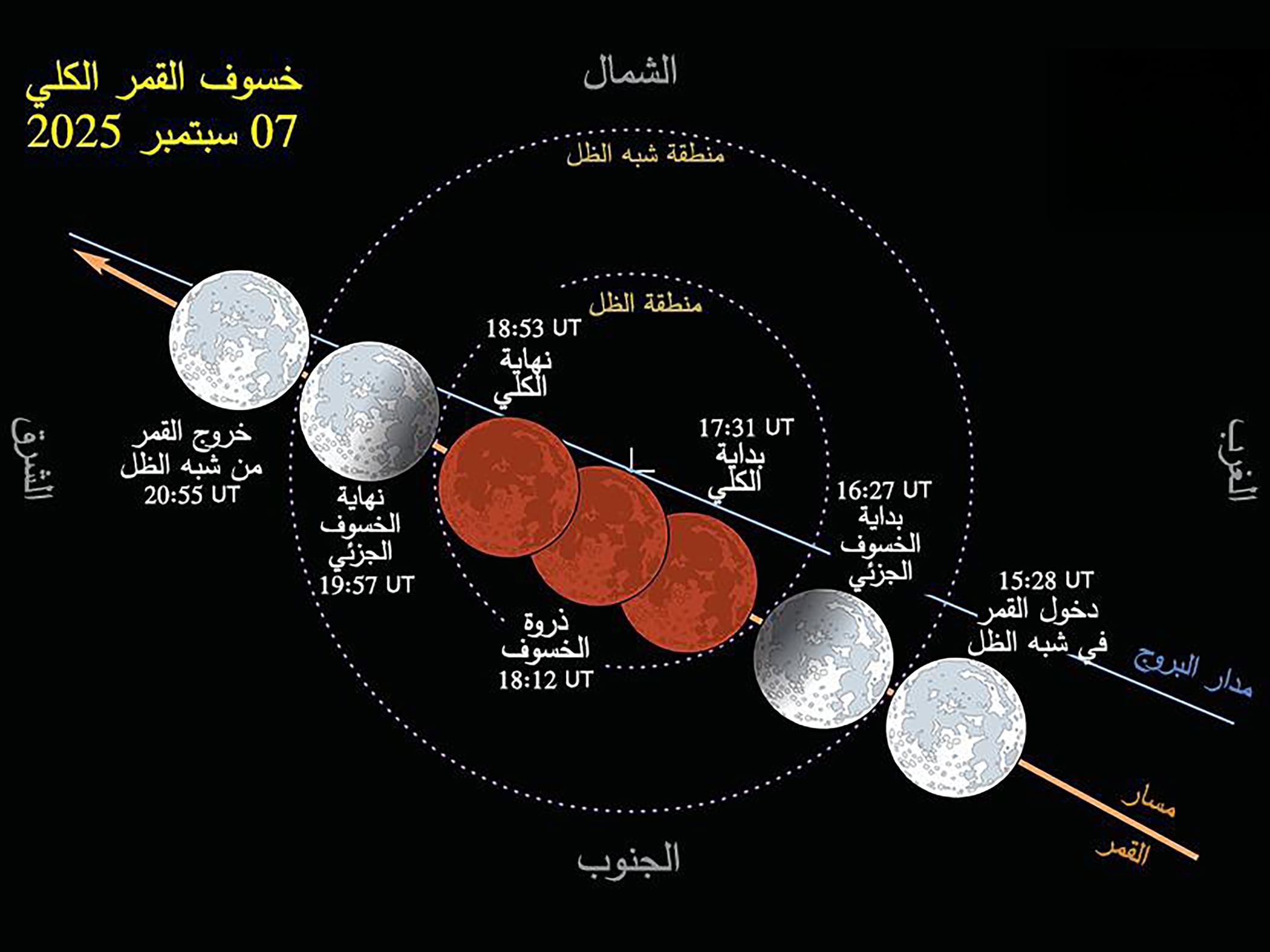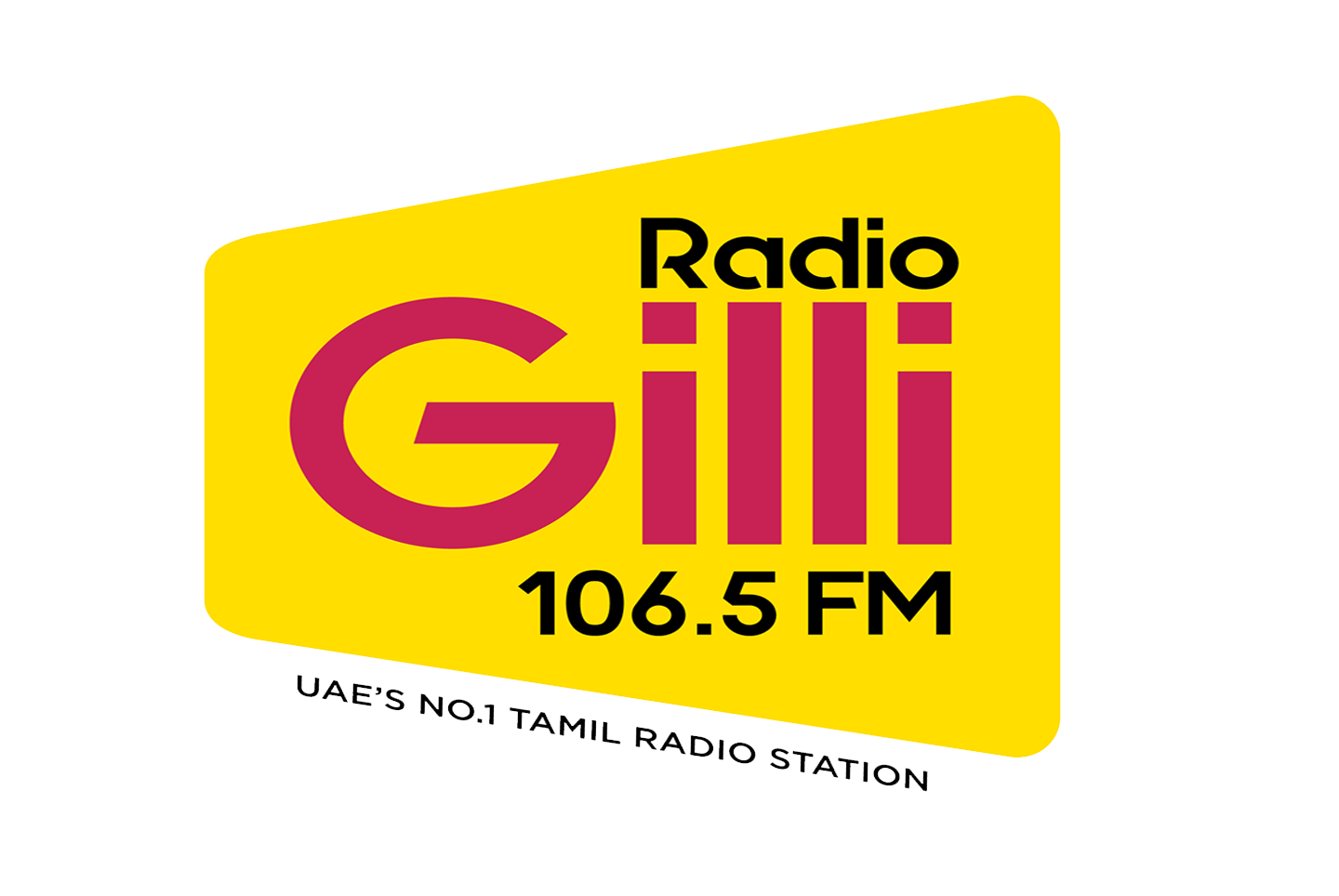- [UAE News]UAE President, Sultan of Oman discuss bilateral relations, regional developments ...Read More
- [UAE News]World Governments Summit convenes Ambassadors’ Retreat ...Read More
- [UAE News]Education key to building nations, says Hamdan bin Zayed in meeting with Ministry delegation ...Read More
- [UAE News]UN Security Council stresses support, solidarity for Qatar ...Read More
- [UAE News]Child parliamentarians recommend raising youth awareness on sustainability principles during IGCF 2025 ...Read More
- [UAE News]UAE President, King of Bahrain discuss bilateral ties, regional developments ...Read More
- [UAE News]UAE President reaffirms support for Qatar’s sovereignty during meeting with Emir Sheikh Tamim ...Read More
- [UAE News]UAE President receives Ruler of Umm Al Qaiwain ...Read More
- [UAE News]UAE President affirms solidarity with Qatar following Israeli attack on its territory ...Read More
- [UAE News]Mohammed bin Rashid announces new ministerial appointments in UAE Government ...Read More

International Astronomical Centre broadcasts total lunar eclipse live on Sunday evening
- UAE News
- 06 Sep 2025
- 12:00 AM
The International Astronomical Centre announced that it will broadcast the total lunar eclipse live using a telescope from Al-Khattm Astronomical Observatory, with the livestream expected to run four hours on Sunday from 7:30pm to 11:50pm. Engineer Mohammed Shawkat Odah, Director of the International Astronomical Centre, said that this phenomenon can be observed in varying degrees across the Arab world. He explained that the Moon will rise in the eastern part of the region before the start of the eclipse, while it will appear above the horizon in the central Arab world during its early stages, and it will rise in the western part of the region during the final stages of the phenomenon. He added that the eclipse will pass through successive phases, beginning with the moon entering the penumbra shadow at 7:28pm, followed by the start of the partial eclipse at 8:27pm. The total eclipse will begin at 9:31pm and reach its peak at 10:12pm, before ending at 10:53pm. He explained that the partial eclipse will end at 11:57pm, and the entire astronomical event will conclude at 12:55pm on Monday, UAE time. He confirmed that the event will be clearly visible to the naked eye between 8:15am and 12:15am. He pointed out that during the total eclipse, the moon does not completely disappear but usually takes on bright colours such as yellow, orange, or red, as a result of sunlight passing through the Earth’s atmosphere and refracting toward the moon. He noted that the brightness and colour of the Moon during the eclipse indicate the purity of the atmosphere, as increased pollution reduces the refracted rays, causing the Moon to appear in dark red or brown shades. In rare cases, the moon may disappear completely, as happened during the December 12, 1992 eclipse, when the eruption of Mount Pinatubo in the Philippines (June 1991) affected the Earth’s atmosphere.






 o
o

